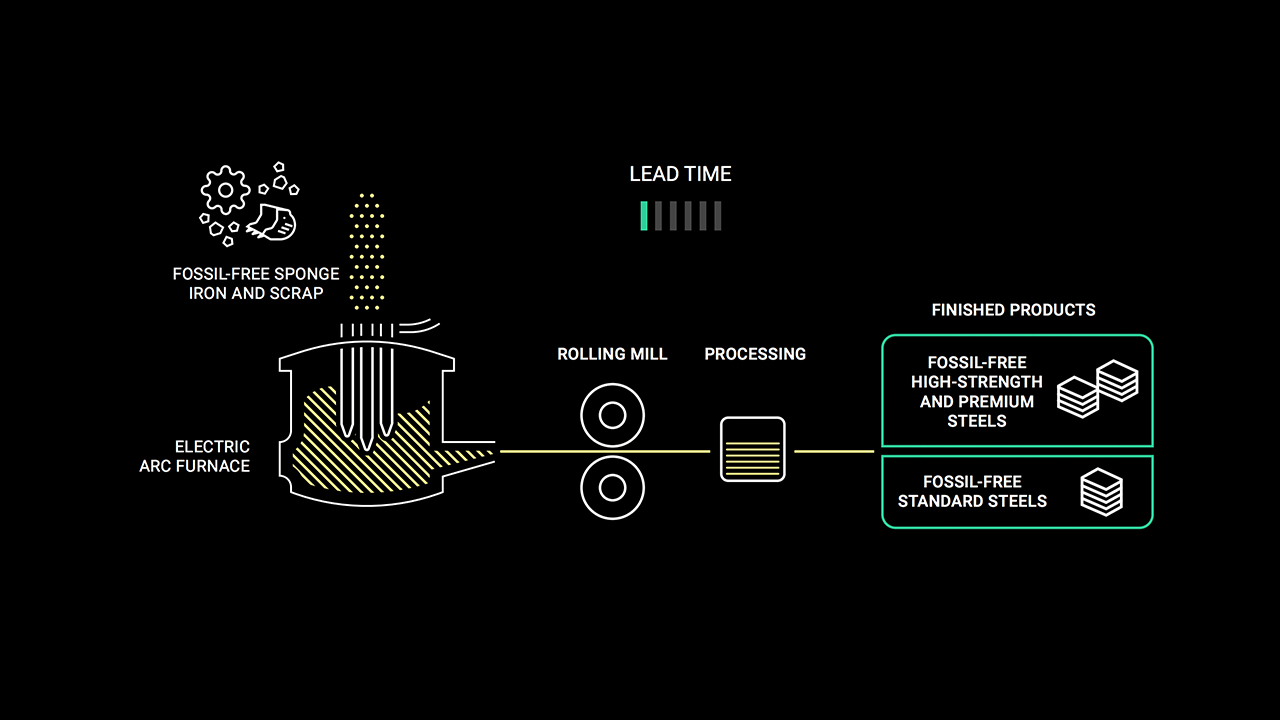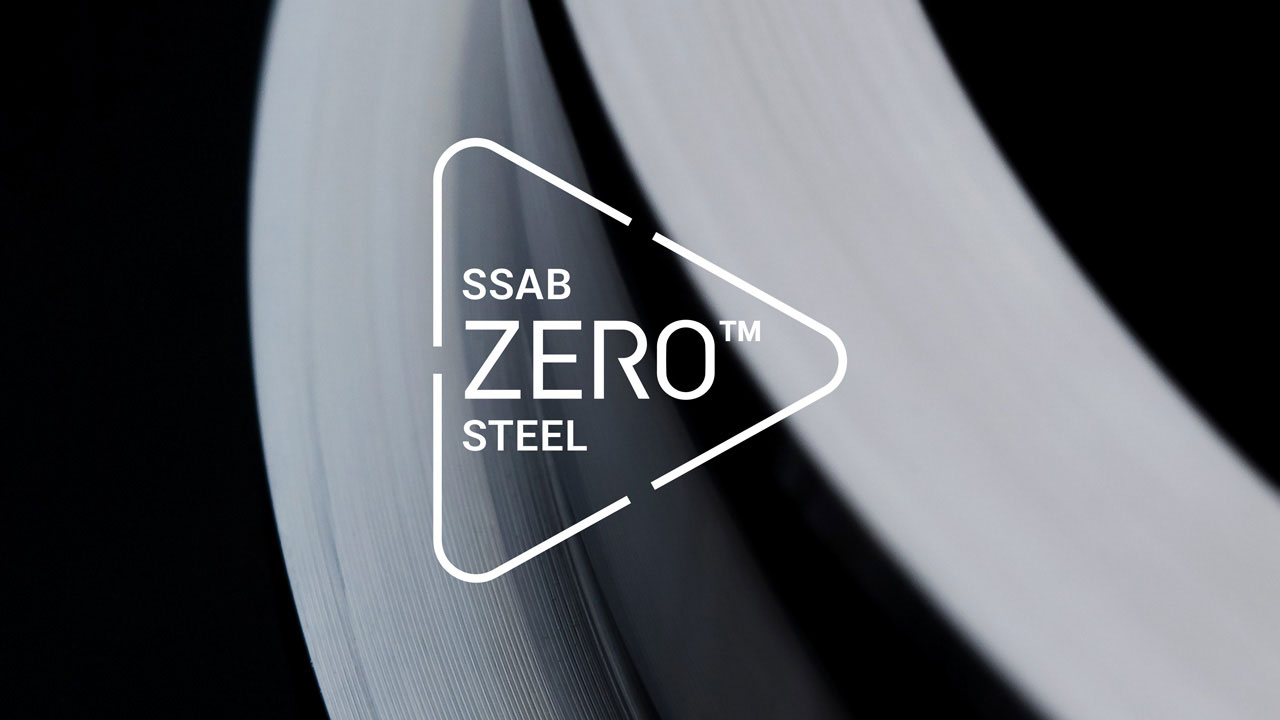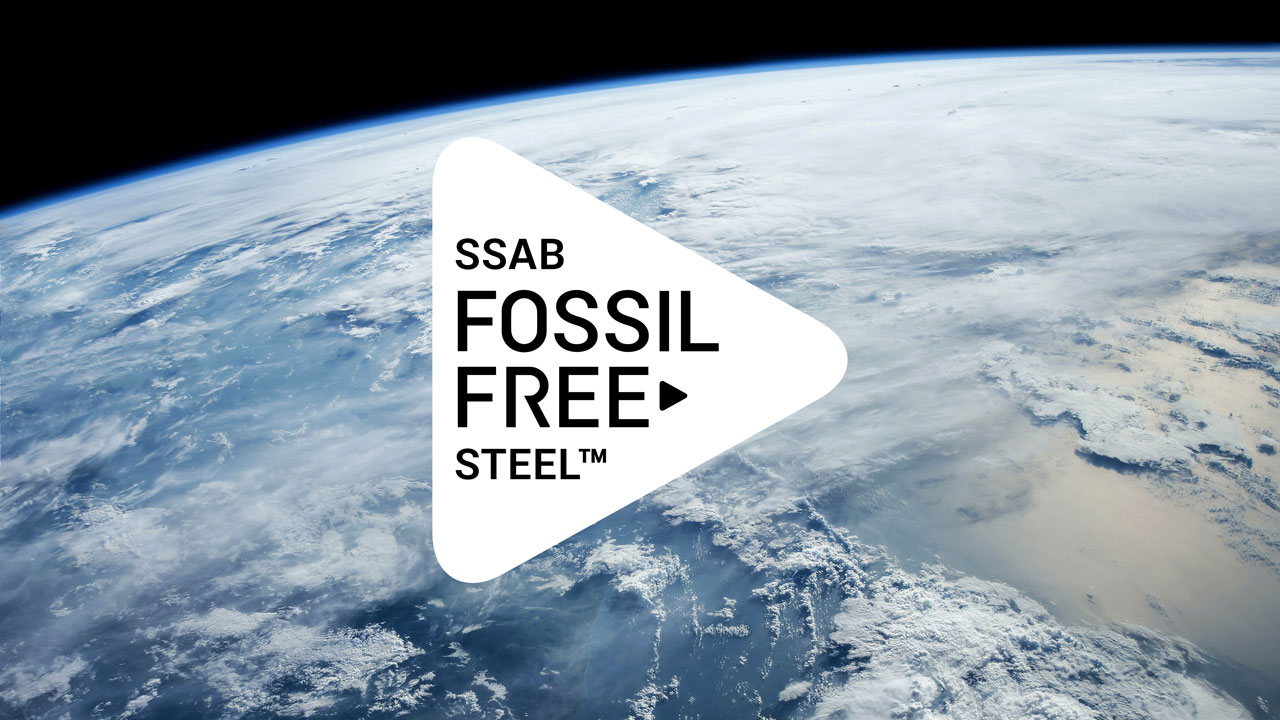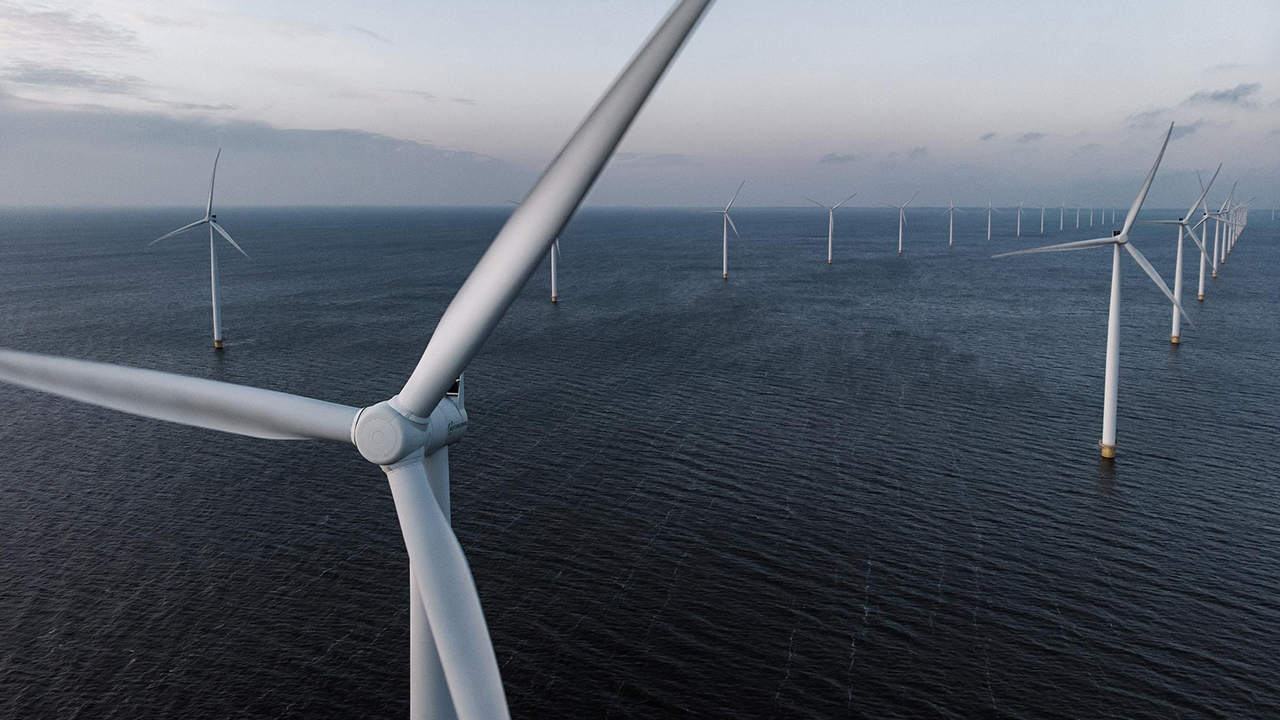The mining and steel industry in Sweden has been – and is – an invaluable strategic asset. It supplies steel to basically all large industrial manufacturers in the Nordics, as well as to a large number of small and medium-sized companies. Without domestic mining and steel production, the conditions for manufacturing industries in Sweden would significantly deteriorate.
SSAB’s green transformation is among the most important changes in the steel industry for decades. It’s not only about new technology that reduces carbon dioxide emissions to basically zero. We’re also introducing a new production logic that makes us faster, more flexible and more resistant to economic cycles.
This transformation meets the requirements of the global political agenda: reduction of emissions, green transition, jobs and competitiveness. For the transformation to become a reality, the required infrastructure must be in place in time as well as the availability of competitive fossil-free electricity.






